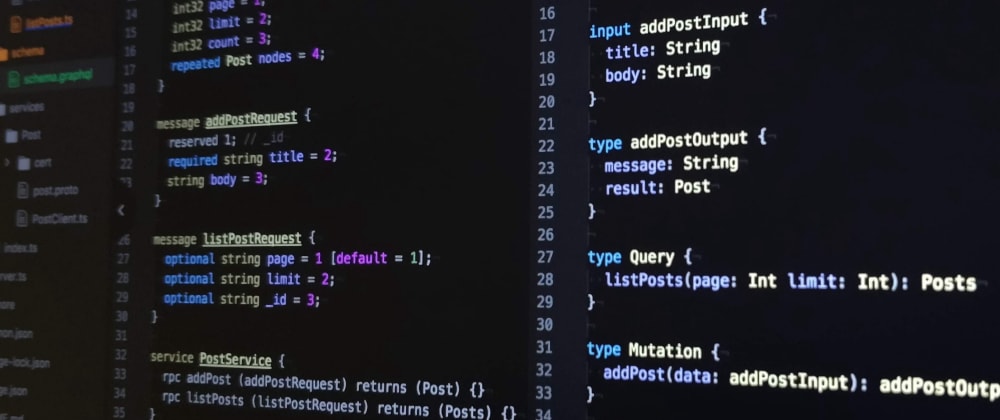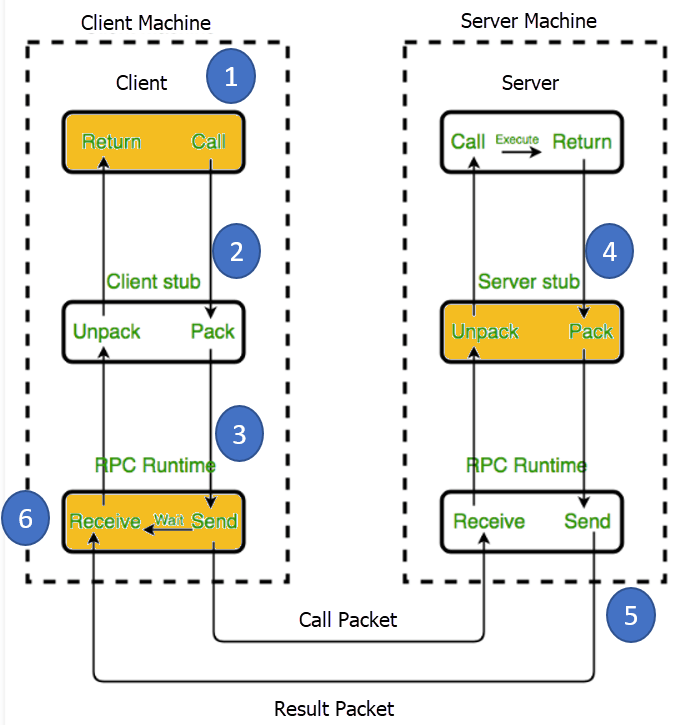


The client must know which methods (endpoints) to hit at what time, in order to construct its own workflow out of otherwise naive and non-descriptive endpoints. When used for CRUD, RPC is just a case of sending up and down data fields, which is fine, but one downside is that the client is entirely in charge of pretty much everything. RPC is just a bunch of functions, but in the context of an HTTP API, that entails putting the method in the URL and the arguments in the query string or body. An API is built by defining public methods then, the methods are called with arguments. In JavaScript, we would do the same by defining a function, and later we’d call it elsewhere: /* Signature */ Think of it like calling a function in JavaScript, taking a method name and arguments. There is a method and some arguments, and that is pretty much it.
GRAPHQL VS GRPC CODE
It is about executing a block of code on another server, and when implemented in HTTP or AMQP it can become a Web API. RPC is the earliest, simplest form of API interaction. About 99% of people get this wrong, so you can be in the top 1% with a quick read. They will fall under RPC, REST, or a "query language."Įven if you are confident you understand the difference, do yourself a favor and read them anyway. Every API in the world is following some sort of paradigm, whether it knows it or not.


 0 kommentar(er)
0 kommentar(er)
